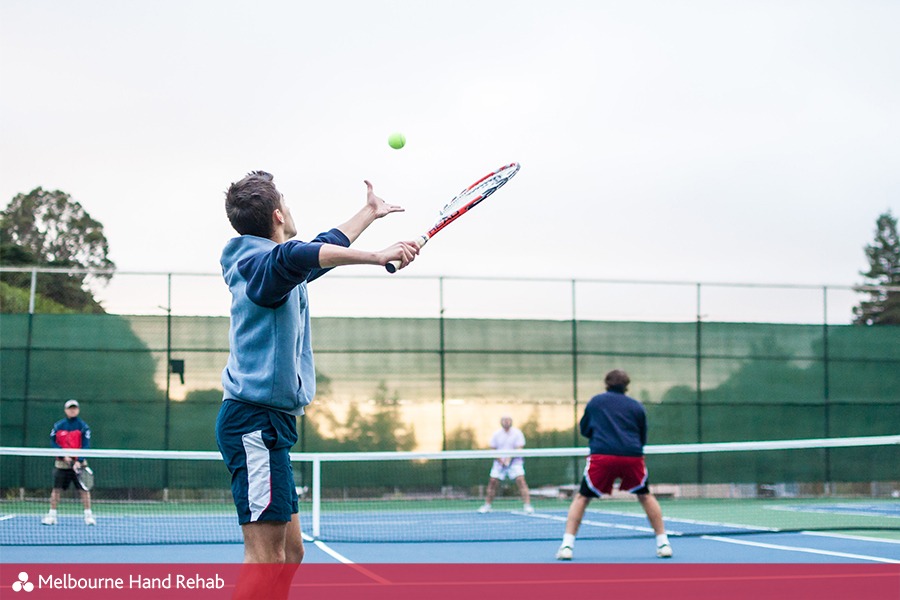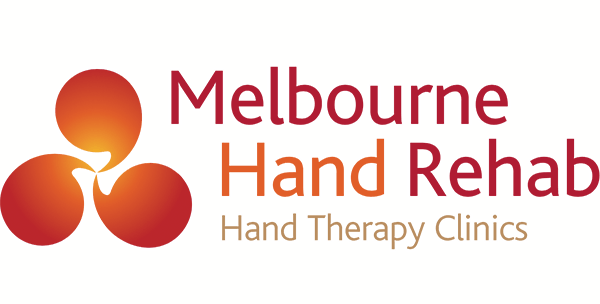
16 Nov Elbow pain, is it tennis elbow?
Have you started getting pain in your elbow after jumping back into outdoor sports now that lockdown’s over? If so, you’re not alone. If you have pain along the outside of your elbow, you may be experiencing an overuse injury also known as tennis elbow or lateral epicondylagia.
What is it?
Tennis elbow is an irritation of the tendons in your forearm which attach to your elbow and control the movement of your wrist and fingers. Often there isn’t a specific moment of injury, instead you’ll be grumbling along with a sore elbow that progressively becomes more irritated. This is a sign that the tendons and muscles of your forearm are doing more work than they can cope with happily. Tendons love working at the same level and don’t like rapid changes in activity, whether that’s increases or decreases.
What are the signs?
- Pain with gripping, especially with an outstretched arm
- Pain around the outside of your elbow
- Pain with lifting
- Pain with opening a door or rotating your arm
What can I do about it?
Treatment of tennis elbow will look different for each person depending on what your goals are. However, it generally involves some combination of:
- De-loading or resting – whether that means taking a step back from tennis, taking more rest breaks or wearing a splint to give the muscles of your forearm a a break
- Progressive exercises – starting to gradually expose the muscles of your forearm to exercises
- Return to play planning – making sure that you safely step up your practices. Often starting with short periods of forehand and backhand practice and progressing from there
- General upper body and core strengthening – providing you with a good foundation for your wrist and finger movements. This also helps reduce the risk of re-injury.
On average, most cases of tennis elbow start to settle 4-6 weeks after starting treatment and resolve completely around the 12 week mark.
How do I prevent it from happening again?
Unfortunately, there are no guarantees in life, but you CAN reduce your risk of developing tennis elbow. Key strategies include:
- Regular training – don’t boom and bust. Make sure you regularly participate in short bouts of tennis to keep your tendons happy
- Upper body and core strengthening – having a strong base for your serve (and the rest of your game), reduces the workload on the muscles and tendons of your forearm
- Develop your technique – get coaching or watch videos of your own practices and matches to see how you can refine your technique to reduce the risk of injury
Here are some of our favourite exercises for tennis elbow
At Melbourne Hand Rehab we provide hand therapy care and advice for people experiencing pain or injury to their hand, wrist or arm.
If you are experiencing elbow pain, why not book an appointment today with one of our physiotherapists or occupational therapists.
BOOK AN APPOINTMENT
For more information, call us directly on 03 9458 5166
By Karen Friesen


